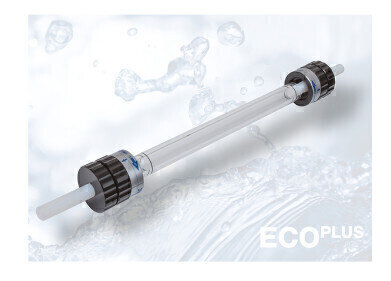Bioanalytical
How Pure is Grapefruit Seed Extract? - Chromatography Investigates
Jul 13 2017
A recent review of products containing grapefruit seed extracts has identified products being adulterated using synthetic additives. The review — published by the American Botanical Council as part of their Botanical Adulterants Program — concentrated on the analytical techniques best suited to finding the adulterants in grapefruit seed extract.
But what kinds of adulterants were found and what exactly is grapefruit seed extract used for? Welcome to the world of nutraceuticals.
What is grapefruit seed extract?
Grapefruit seed extract (GSE) is a liquid that is made from the seeds and pulp of grapefruit combined with glycerine. GSE has been marketed for several decades as a health food and is also used in cosmetics. There is some evidence that GSE has antioxidant and antimicrobial properties.
The seeds and pulp of grapefruits do contain flavonoids that are known for their antioxidant and anti-inflammatory in in vitro studies. Grapefruit seeds and pulp also contain vitamin C, citric acid and minerals. Animal studies have also suggested that grapefruit may help suppress colon cancer and that it might be beneficial in lowering lipid levels in plasma.
However, neither the European or US authorities have approved any health claims linked to flavonoids and several companies have been warned by the FDA to stop making claims about the antimicrobial and antifungal properties of products containing GSE.
GSE — it is a nutraceutical
GSE is an example of a nutraceutical — a food stuff that it is suggested might have extra health benefits in addition to the nutritional value it has as a food. Nutraceuticals are generally sold in health food shops — and include minerals, vitamins and herbal products.
Antimicrobial — GSE or contaminant
There is a history of GSE being adulterated with synthetic contaminants — and these contaminants include antimicrobials like triclosan and methylparaben. The American Botanical Society reports that in thirteen papers assessing GSE, evidence of adulteration using microbicides was found — and the studies found no chemical compounds that are characteristic of GSE.
This highlights the problem of adulteration. Because, no matter the efficacy of a product, consumers have a right to know what they are purchasing. The aim of the work carried out by the Botanical Society was to highlight the issues that relate to GSE adulteration and inform technicians that work in the industries that use GSE about the adulteration problem and to report on the new methods that can be used to detect typical adulterants.
The research found that either high performance liquid chromatography – mass spectrometry (HPLC-MS) or gas chromatography – mass spectrometry (GC-MS) to be the best solution when identifying the adulterants. Of course, chromatography is used extensively to identify possible food contamination as discussed in the article, How Safe is Safe? Analytical Tools for Tracing Contaminants in Food.
Events
May 18 2025 Tempe. AZ, USA
May 21 2025 Birmingham, UK
Jun 01 2025 Baltimore, MD, USA
Jun 15 2025 Bruges, Belgium
Jul 14 2025 Kuala Lumpur, Malaylsia














